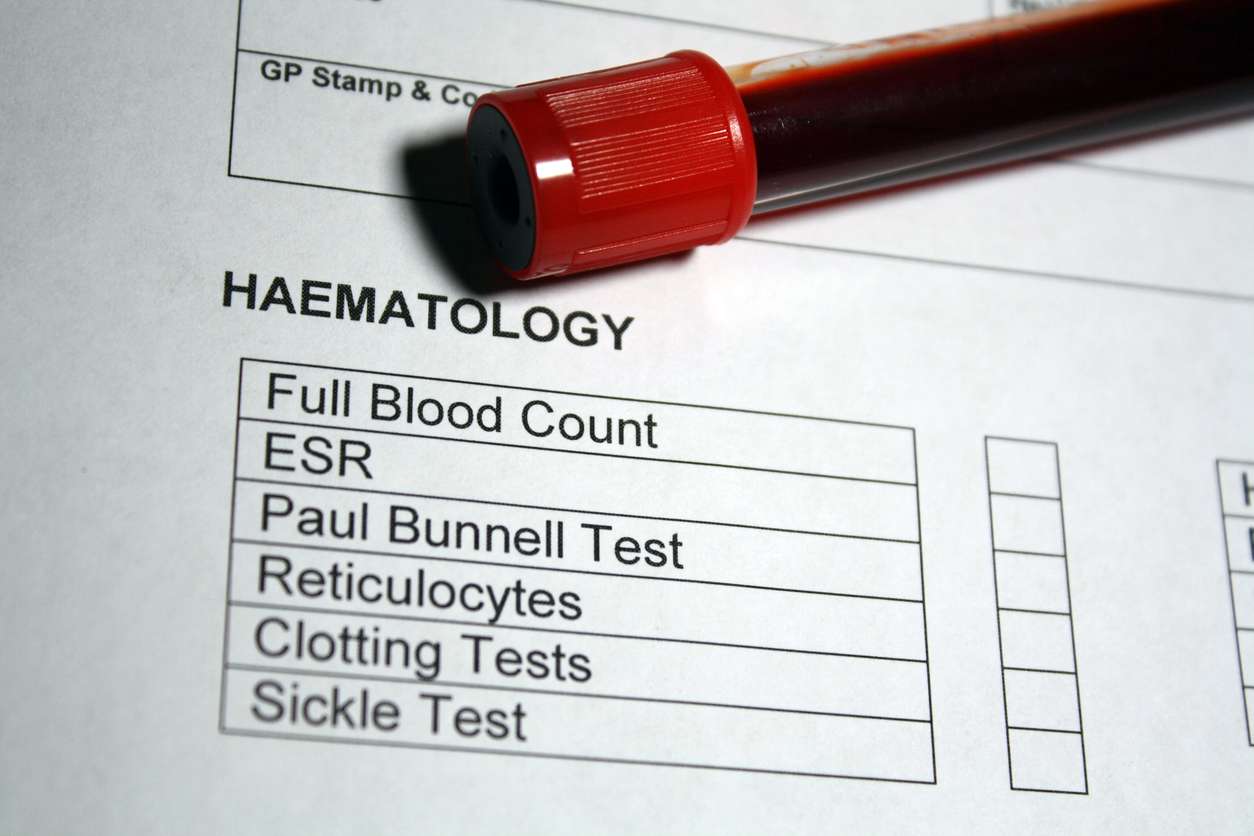Did you know that nearly 100,000 people in the United States are affected by sickle cell disease?
Sickle cell disease (SCD) is a group of inherited blood disorders characterized by the presence of sickle-shaped red blood cells, which can lead to severe pain, organ damage, and other serious complications. This genetic condition predominantly affects people of African, Mediterranean, Middle Eastern, and Indian ancestry, but it is most commonly associated with African Americans in the United States. September marks National Sickle Cell Awareness Month, a time dedicated to raising awareness about the disease, promoting research, and supporting those affected by it.

Here is what you should know about the disease:
Understanding Sickle Cell Disease
Sickle cell disease is caused by a mutation in the HBB gene, which provides instructions for making hemoglobin, the protein in red blood cells that carries oxygen throughout the body. In individuals with SCD, the hemoglobin molecules form into stiff rods within the red blood cells, causing them to assume a sickle, or crescent, shape. These sickle-shaped cells are less flexible and can become stuck in small blood vessels, blocking the flow of blood and leading to pain and other complications.
There are several types of sickle cell disease, with the most severe form being sickle cell anemia (HbSS). Other forms include HbSC, HbS beta-thalassemia, and HbSD, HbSE, and HbSO, which vary in severity. People with sickle cell trait (HbAS) carry one normal hemoglobin gene and one sickle cell gene, usually without symptoms, but they can pass the gene to their offspring.
Impact of Sickle Cell Disease
SCD is a chronic condition that affects nearly every aspect of a person’s life. The hallmark of the disease is the “sickle cell crisis,” episodes of intense pain that can last for hours or days and often require hospitalization. These pain crises are caused by the blockage of blood flow by sickle-shaped cells, which can also lead to complications such as acute chest syndrome, stroke, organ damage, and increased risk of infection.
The life expectancy for individuals with sickle cell disease has improved significantly over the past few decades, but it still lags behind the general population. In the United States, people with SCD have a median life expectancy of 42 to 47 years, compared to about 76 years for the general population. Advances in medical care, including the use of antibiotics, pain management strategies, and hydroxyurea, a medication that reduces the frequency of pain crises, have improved outcomes. However, there is still no universal cure for SCD, although bone marrow or stem cell transplants offer hope for some patients.
Importance of Awareness and Advocacy
Despite being the most common inherited blood disorder in the United States, sickle cell disease has historically received less attention and funding than other genetic conditions, such as cystic fibrosis, which predominantly affects Caucasians. This disparity has been attributed to racial and socioeconomic factors, which have led to gaps in research, treatment options, and support services.
Raising awareness about sickle cell disease is crucial for addressing these inequities and ensuring that those affected receive the care and support they need. Awareness campaigns help to educate the public about the disease, dispel myths and misconceptions, and encourage genetic counseling and testing, especially for those with a family history of SCD. Additionally, advocacy efforts aim to secure funding for research, improve access to treatment, and promote policies that address the needs of the sickle cell community.
Advances in Research and Treatment
In recent years, there has been significant progress in the field of sickle cell research, offering hope for new treatments and, potentially, a cure. Gene therapy is one of the most promising areas of research, with clinical trials showing that it can potentially correct the genetic defect that causes SCD. This approach involves modifying a patient’s own stem cells to produce normal hemoglobin, thereby reducing or eliminating the symptoms of the disease.
Other innovative treatments under investigation include CRISPR-based gene editing, which aims to precisely repair the mutation responsible for SCD, and new medications that target the underlying mechanisms of the disease. These advances represent a major shift in the treatment landscape for sickle cell disease, which has historically been limited to managing symptoms rather than addressing the root cause.
Supporting the Sickle Cell Community
Beyond medical treatment, individuals with sickle cell disease need comprehensive support to manage the physical, emotional, and social challenges of the condition. This includes access to specialized care from hematologists, pain management specialists, and mental health professionals, as well as support groups and community organizations that provide resources and advocacy.
Family and caregivers also play a critical role in supporting individuals with SCD. Providing care for someone with sickle cell disease can be demanding, requiring a deep understanding of the condition and the ability to navigate the healthcare system. Caregivers often need support themselves, as they manage the stress and emotional toll of caring for a loved one with a chronic illness.
Call to Action
National Sickle Cell Awareness Month is an opportunity to reflect on the progress made in the fight against sickle cell disease and to recommit to the work that still needs to be done. While there have been significant advances in research and treatment, much more is needed to ensure that all individuals with SCD have access to the care and support they need to live full, healthy lives.
Awareness is just the first step. Continued advocacy, funding for research, and the development of new treatments are essential to improving the lives of those affected by sickle cell disease. By raising our voices, we can help to close the gap in care and bring hope to the millions of people around the world living with this challenging condition.








